


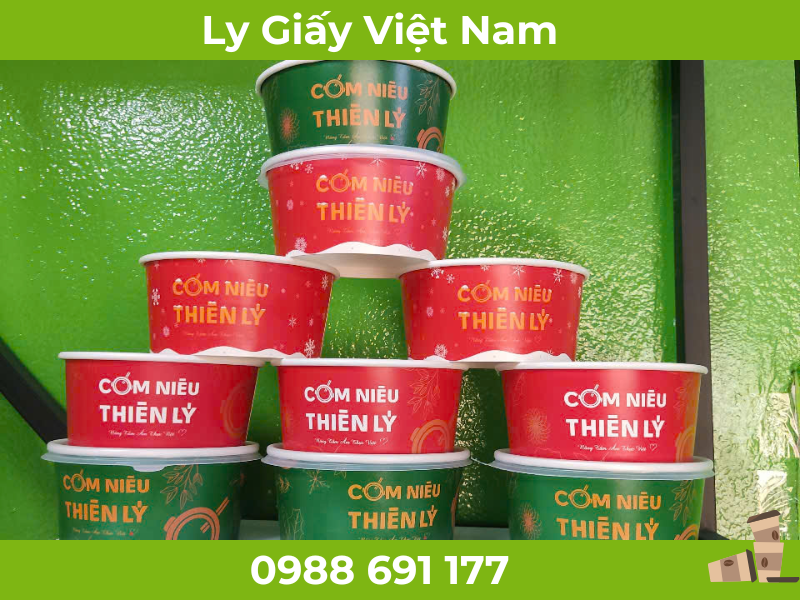
How to attract customers with beautiful packaging is a very important topic in building and developing a brand.
Packaging is not only an indispensable part of the sales process but also an effective marketing tool to grab the attention of customers. In this article, we will explore the importance of eye-catching packaging, its essential elements, how to design it, its impact on purchasing decisions, emerging trends, and the use of colors in packaging.
Packaging plays a crucial role in attracting customers and boosting sales. It is not just a protective layer for the product but also an effective marketing tool. Eye-catching packaging can create a positive first impression, make the product stand out, and convey the value and identity of the brand.
In a market flooded with competing products, creating a positive first impression is vital. Eye-catching packaging helps the product stand out, capturing the customer’s attention at first glance. This opens the door for the product to be considered and chosen by customers.
.png)
While customers browse through stores or online platforms, attractive packaging helps your product stand out and grab attention. This not only increases the likelihood of your product being recognized but also creates an opportunity for your brand to be remembered.
Packaging is not just a protective cover for the product but also a tool to showcase the brand's value and identity. Creative, unique, and appropriate packaging design can communicate messages, build brand image, and strengthen the emotional connection between customers and the brand.
To create eye-catching and effective packaging, certain key elements must be considered:
Creative, unique packaging that stands out from competitors helps the product leave a strong impression on customers. This is how your brand can attract attention and make a mark.
Color is a crucial element in packaging design. Using harmonious, striking, and product-appropriate colors can evoke positive emotions, effectively convey messages, and enhance brand recognition.
Packaging should clearly display essential information about the product, such as its name, brand, illustrations, product descriptions, etc. This not only helps customers quickly identify the product but also builds trust and professionalism.

The materials and printing techniques used affect the durability, appeal, and sophistication of the packaging. Using high-quality materials and printing techniques enhances the perceived value of the product.
Designing eye-catching and effective packaging involves a combination of various elements. Below are some basic steps in the process:
Before starting the design process, thoroughly research the brand, product, target customers, and competitive factors. This ensures that the packaging design is suitable and meets customer needs.
Clearly define the goals of the packaging design, such as increasing brand recognition, boosting sales, or creating a lasting impression on new customers. Develop a design strategy to achieve these objectives.
Generate multiple creative ideas, then test and evaluate which ideas work best. This process may go through several iterations to ensure the final design is optimal.
In addition to basic information, pay attention to aesthetic elements such as colors, images, fonts, and layouts to evoke positive emotions in customers.
Before moving to production, thoroughly review the packaging design to ensure there are no errors and that it meets all requirements. Then finalize and prepare for the production process.
Packaging is not just a protective layer for products but also significantly influences customers’ purchase decisions. Here are some of its primary effects:
Eye-catching, creative, and standout packaging attracts customer attention, making the product more easily recognized and remembered. This increases the likelihood of the product being chosen.
High-quality and luxurious packaging creates a sense of value and better quality in the eyes of customers. This can lead to customers being willing to pay a premium price.
Professional, attractive, and brand-consistent packaging enhances customer trust in the product and brand. This fosters customer loyalty over time.
Beautiful and user-friendly packaging creates a positive shopping experience for customers, making them feel satisfied and more likely to make repeat purchases.
Currently, there are several popular trends in attractive packaging design in the commercial sector:
The trend of using eco-friendly, recyclable, or biodegradable materials is increasingly popular. This not only meets customer demand but also reflects the brand’s responsibility toward society and the environment.
.png)
Using natural elements such as flowers, leaves, wood, or images and colors associated with "organic" concepts creates a sense of safety and healthiness for customers.
Minimalist packaging designs with fewer colors and images are increasingly favored. This approach conveys luxury, sophistication, and simplicity.
Applying advanced printing technologies like 3D printing, UV printing, and reflective printing creates unique effects that capture customer attention.
Color is one of the most crucial elements in packaging design. Proper use of color can create strong emotional and behavioral impacts on customers.
Each color has unique meanings and psychological effects. For example, blue evokes calm and trust; red signifies excitement and strength; yellow conveys joy and energy, and so on. Understanding the meanings of colors helps you choose the right ones.
Using contrast or harmony between colors in packaging can create different effects. Contrast draws attention, while harmony evokes elegance and sophistication.
Choosing colors that align with the brand’s message and values helps establish a strong connection between the product, packaging, and customers. Colors are not just aesthetic elements but also part of how the brand wants to be perceived and experienced.
Before finalizing colors for packaging, test different designs and gather feedback from the target audience. This helps you better understand market preferences and refine designs based on real-world input. Using this iterative method ensures that the packaging is not only attractive but also market-relevant.
.png)
Eye-catching packaging is not merely about enhancing the product's appearance but plays a vital role in marketing and sales strategies. From grabbing customer attention to conveying value and fostering loyalty, packaging has a significant impact on purchase decisions. By staying updated with current design trends and understanding how to use colors effectively, brands can create memorable shopping experiences, boost sales, and elevate their market position.
When designing packaging, always remember that it is more than just an outer layer. It serves as a bridge between the product and the consumer—a powerful tool to convey the brand message and create an emotional connection.
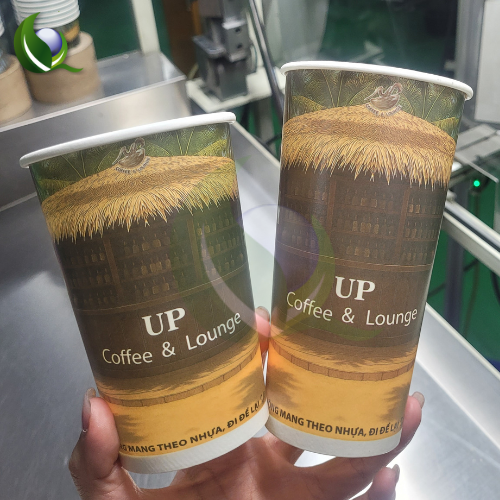
Switching from plastic to paper cups is a smart investment strategy that helps F&B businesses not only optimize operational costs but also build a sustainable brand image and attract a large customer base that values environmental responsibility. This is no longer just an option—it’s a strategic move to assert market position and increase competitiveness in an increasingly demanding landscape.
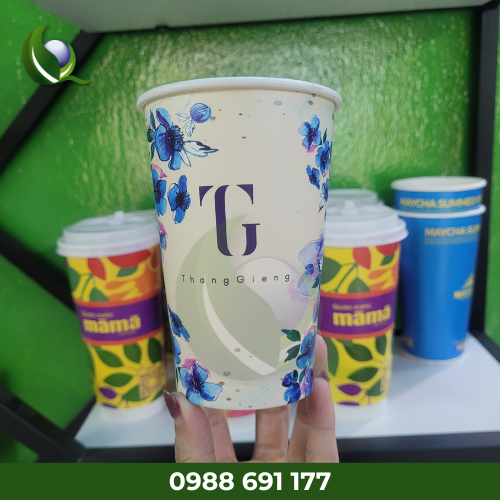
Paper cups and the shift in Vietnamese consumer habits are shaping a greener future—one where every small choice contributes significantly to the environment and public health, while also unlocking golden opportunities for F&B businesses. At Ly Giấy Việt Nam, we see this transition as an inevitable wave, offering an optimal solution for both consumers and brands aiming for sustainable...
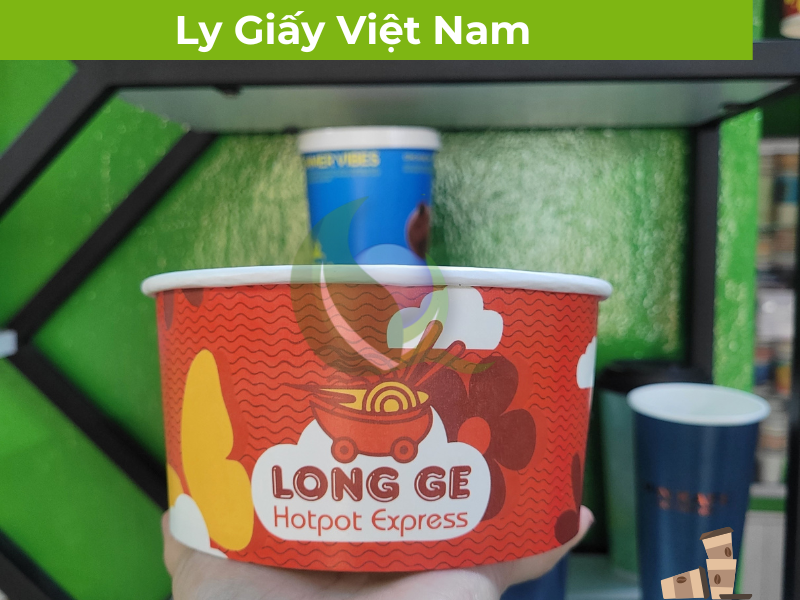
Paper Bowls: The Ideal Solution for Hot Dishes Like Pho, Noodle Soup, and Broth More than just a packaging trend, paper bowls are a strategic decision that enhances customer experience and strengthens brand value in the highly competitive food delivery market. Ly Giay Vietnam is proud to offer high-quality paper bowl products that fully meet the criteria of safety, aesthetics, and business...
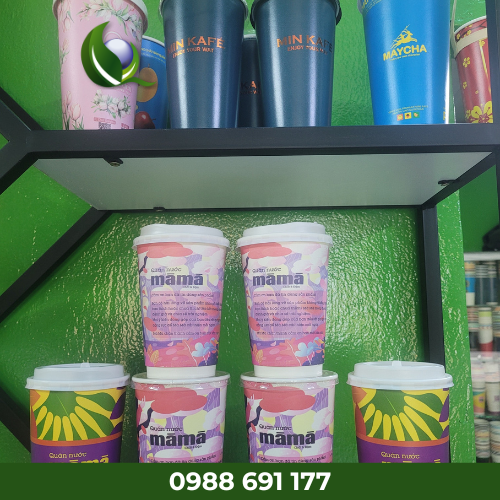
The trend of using paper cups in the F&B (Food & Beverage) industry is not just a temporary trend but has become a green revolution, reshaping the entire appearance of the modern food and beverage industry.
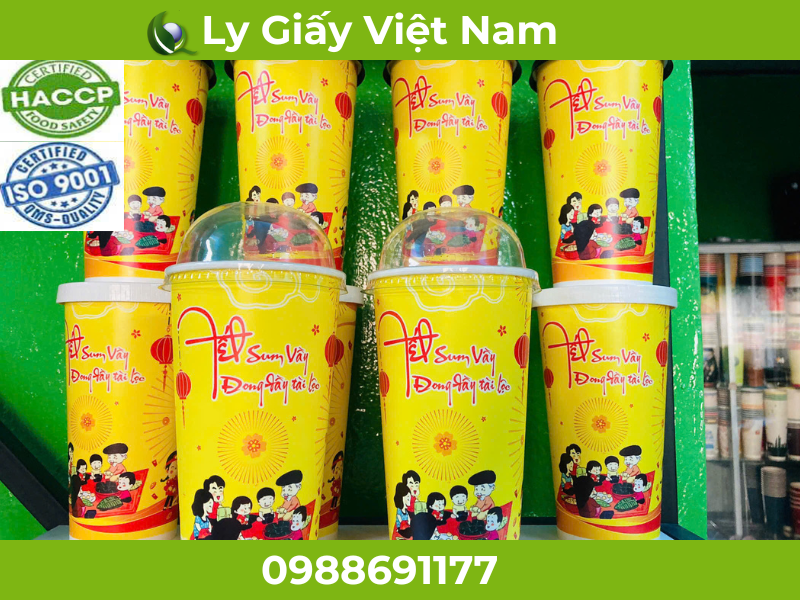
The process of producing paper cups that meet food safety standards is a series of complex stages, requiring precision and strict compliance with food safety regulations
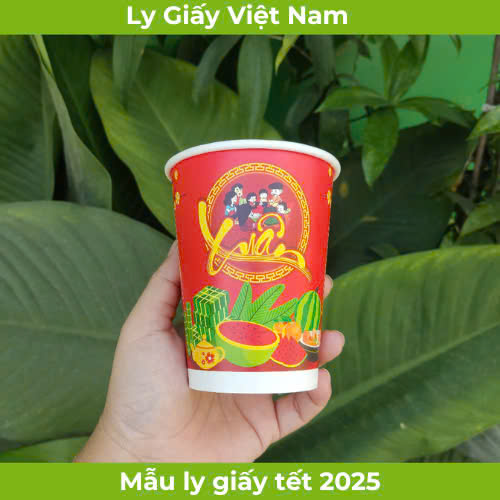
Tet is a time of high consumption, especially in the food and beverage sector. Convenient products such as paper cups become the top choice when serving guests or organizing events.
Comment & review